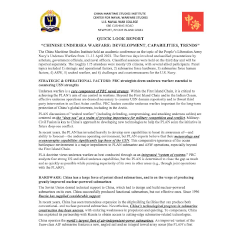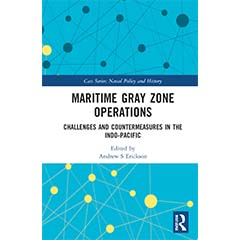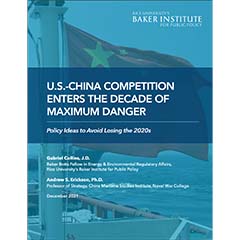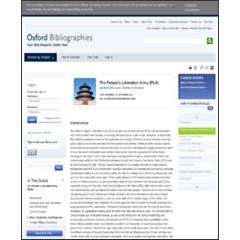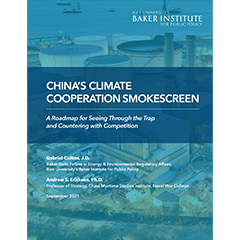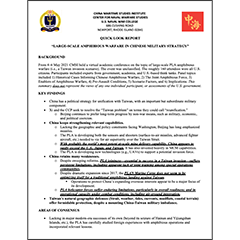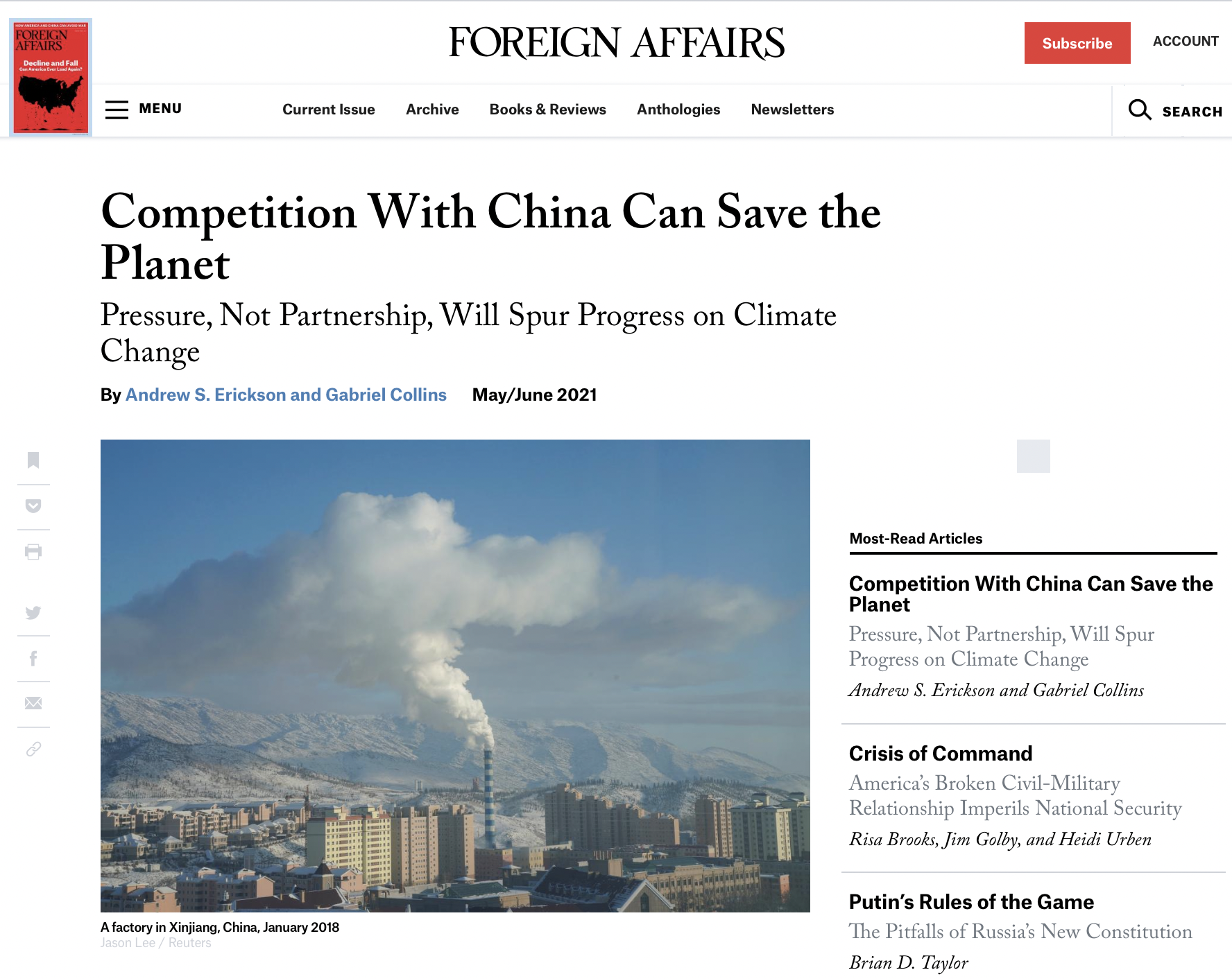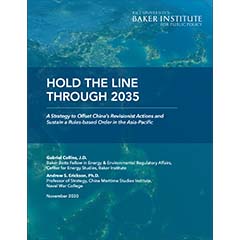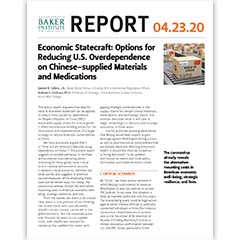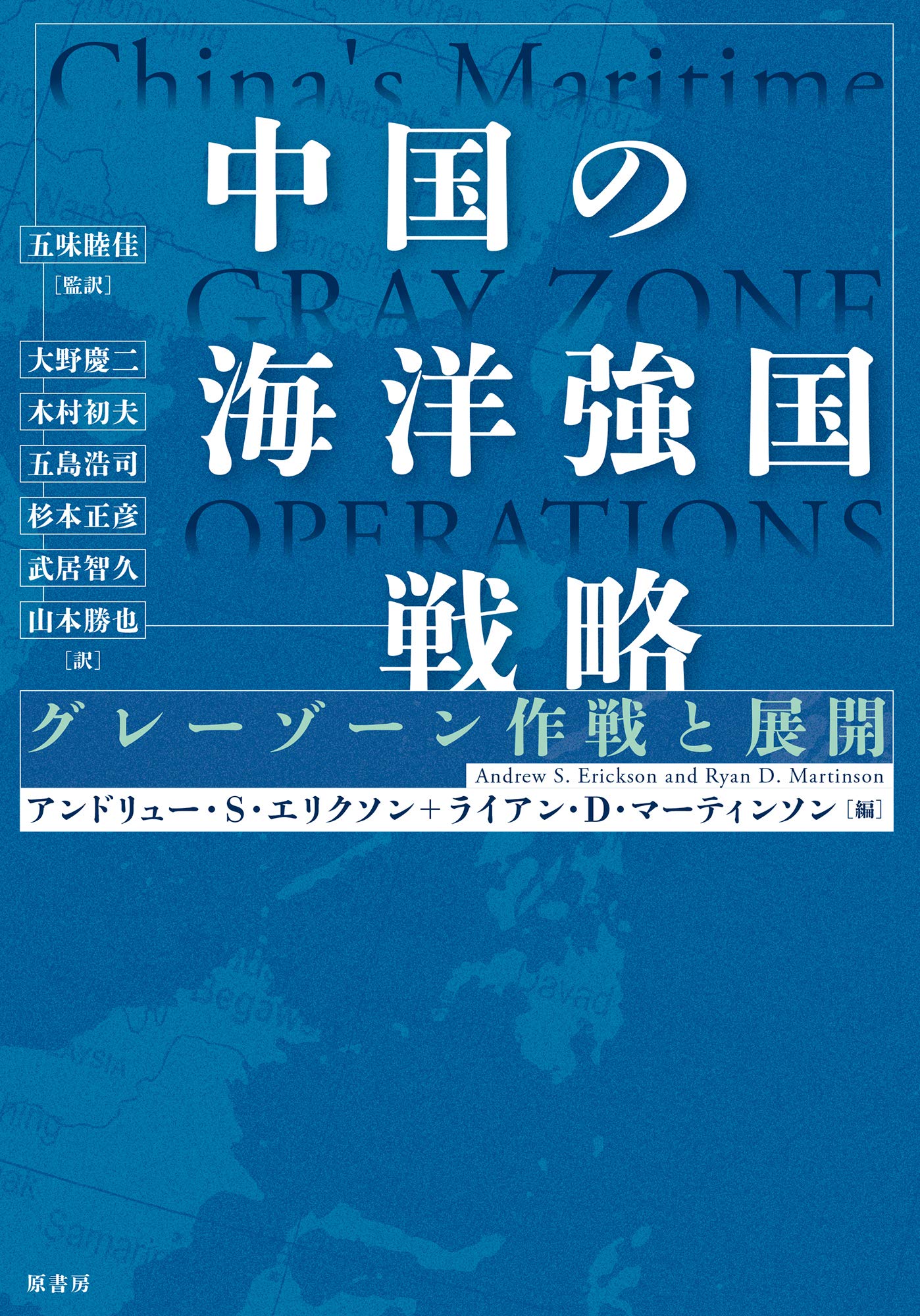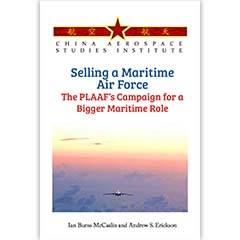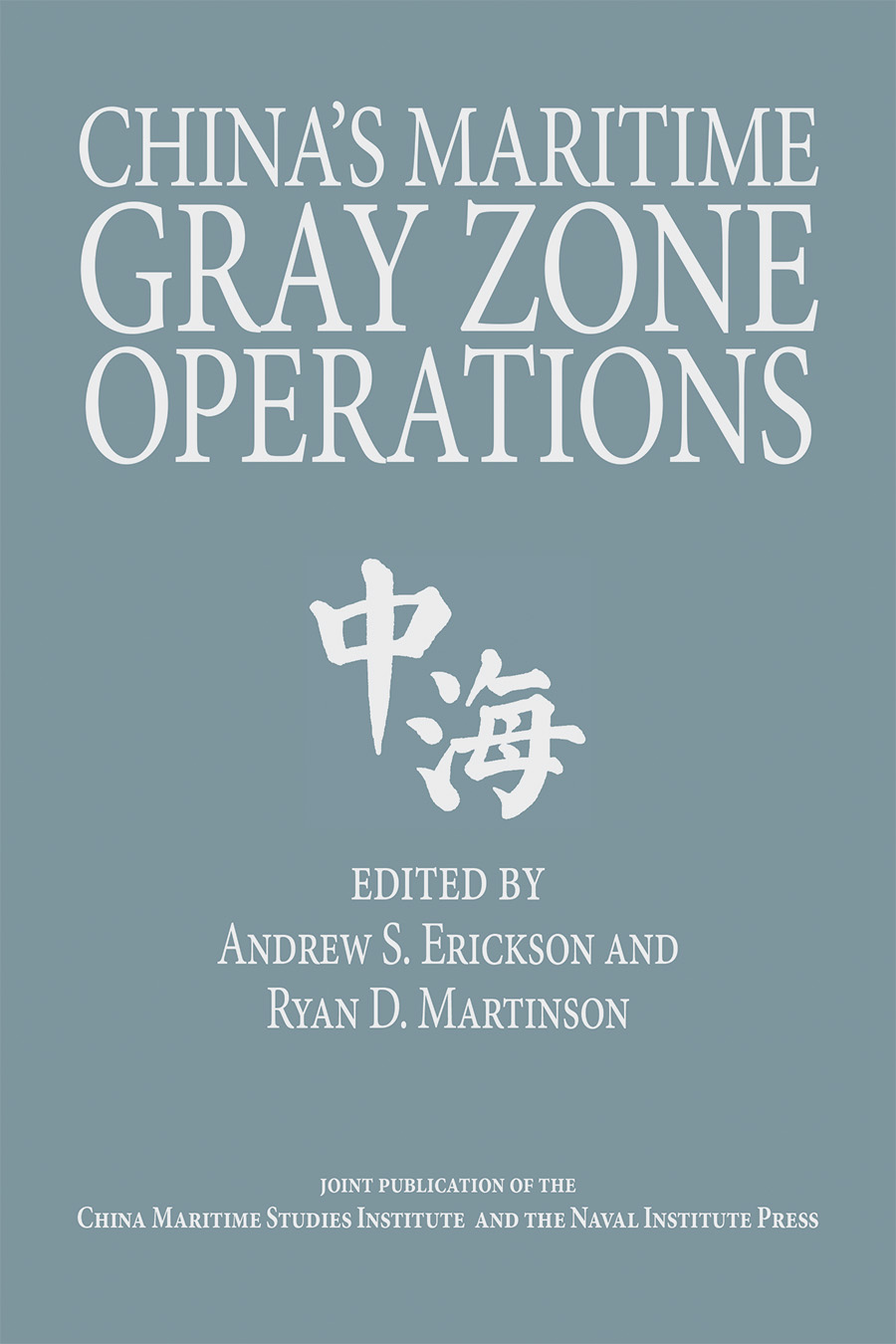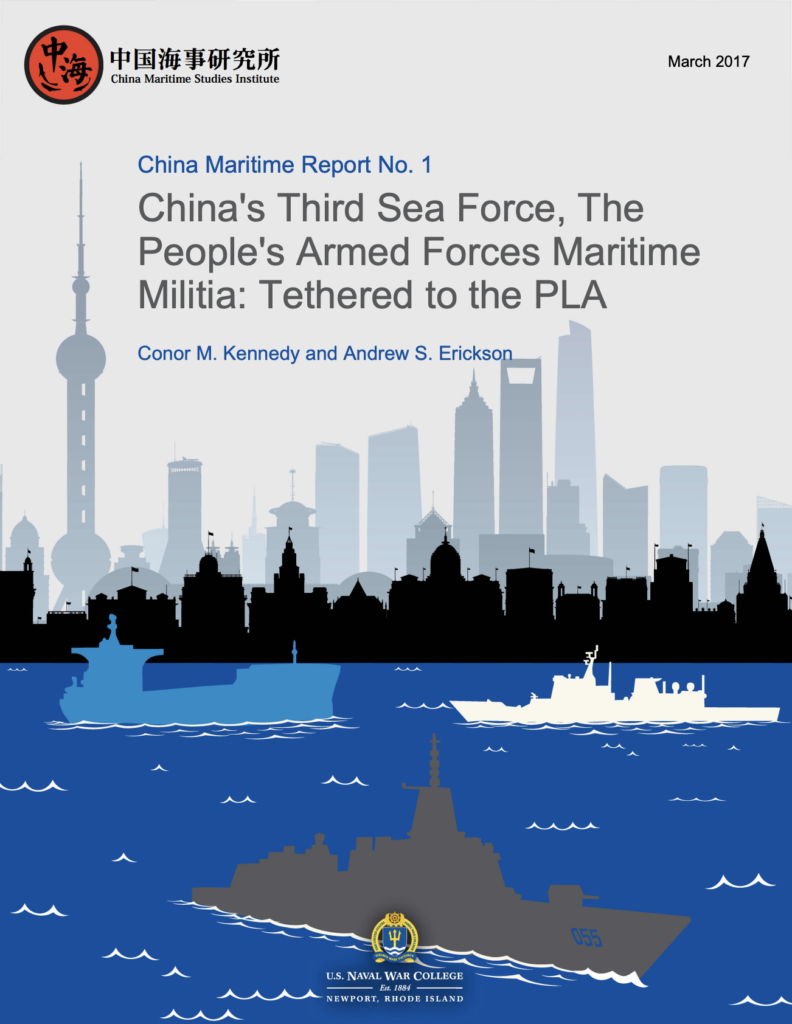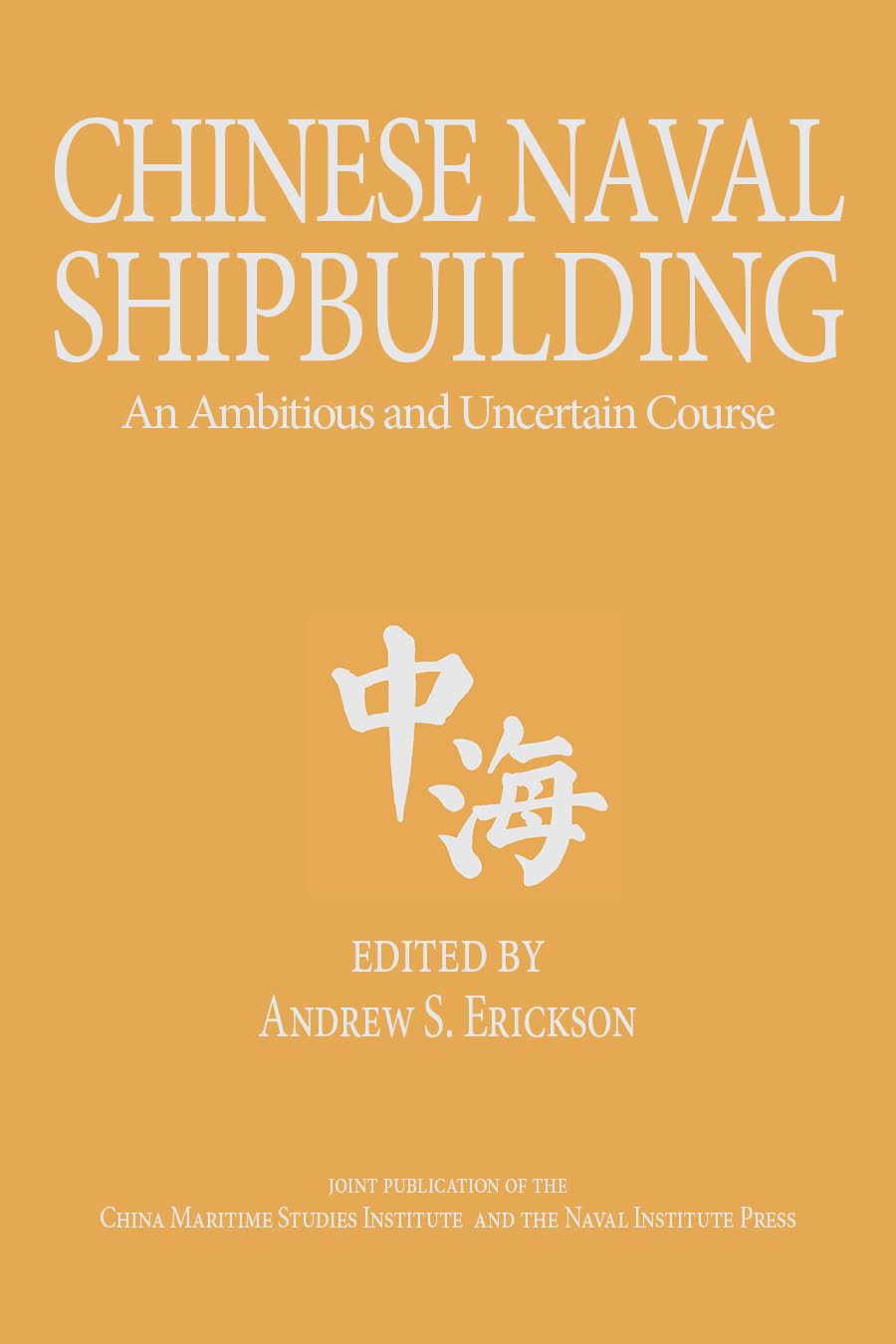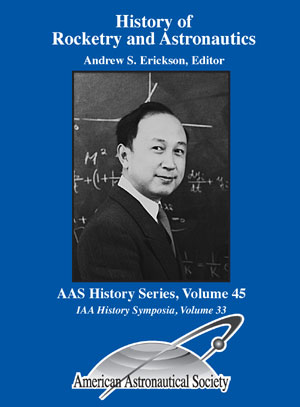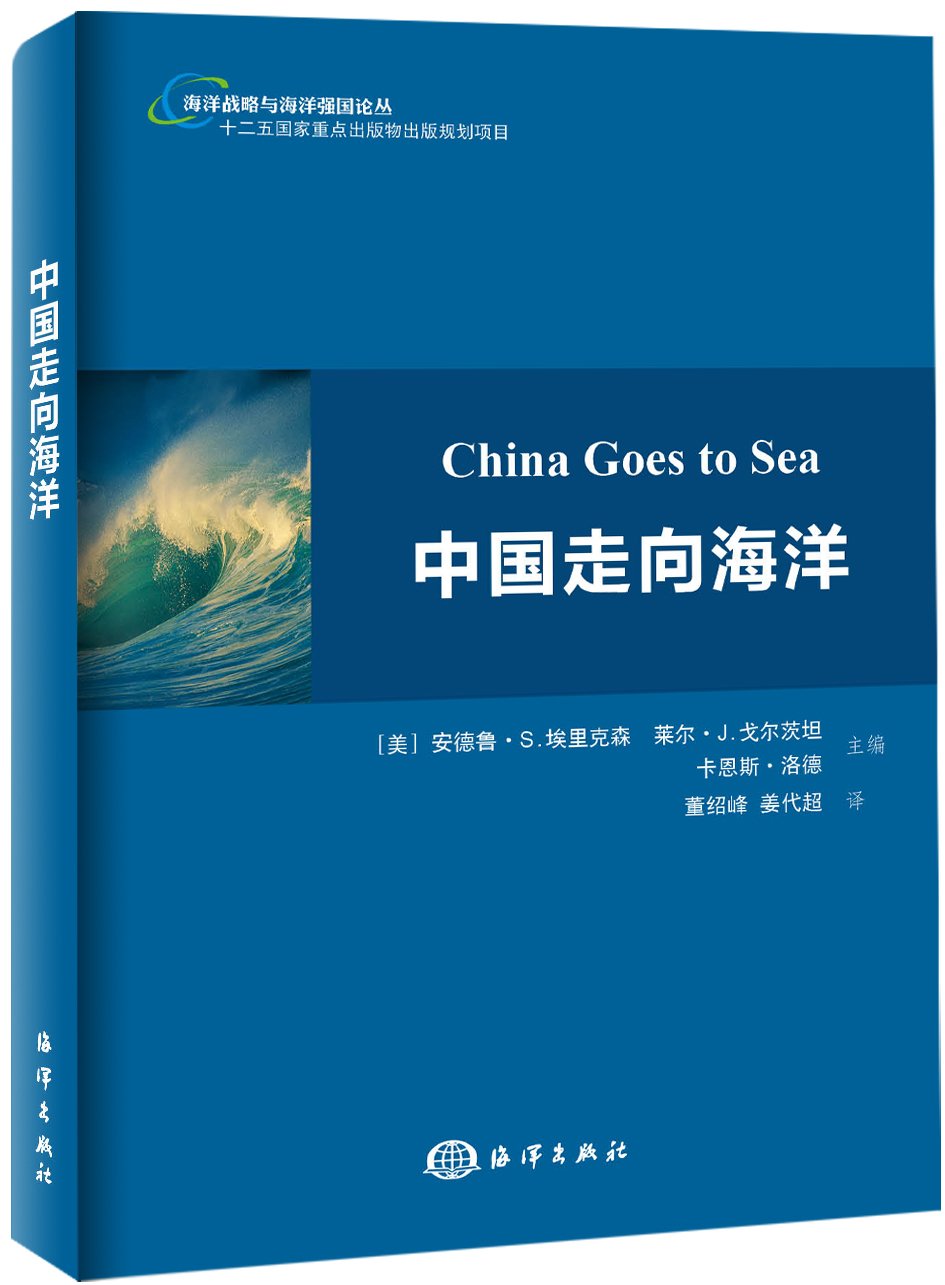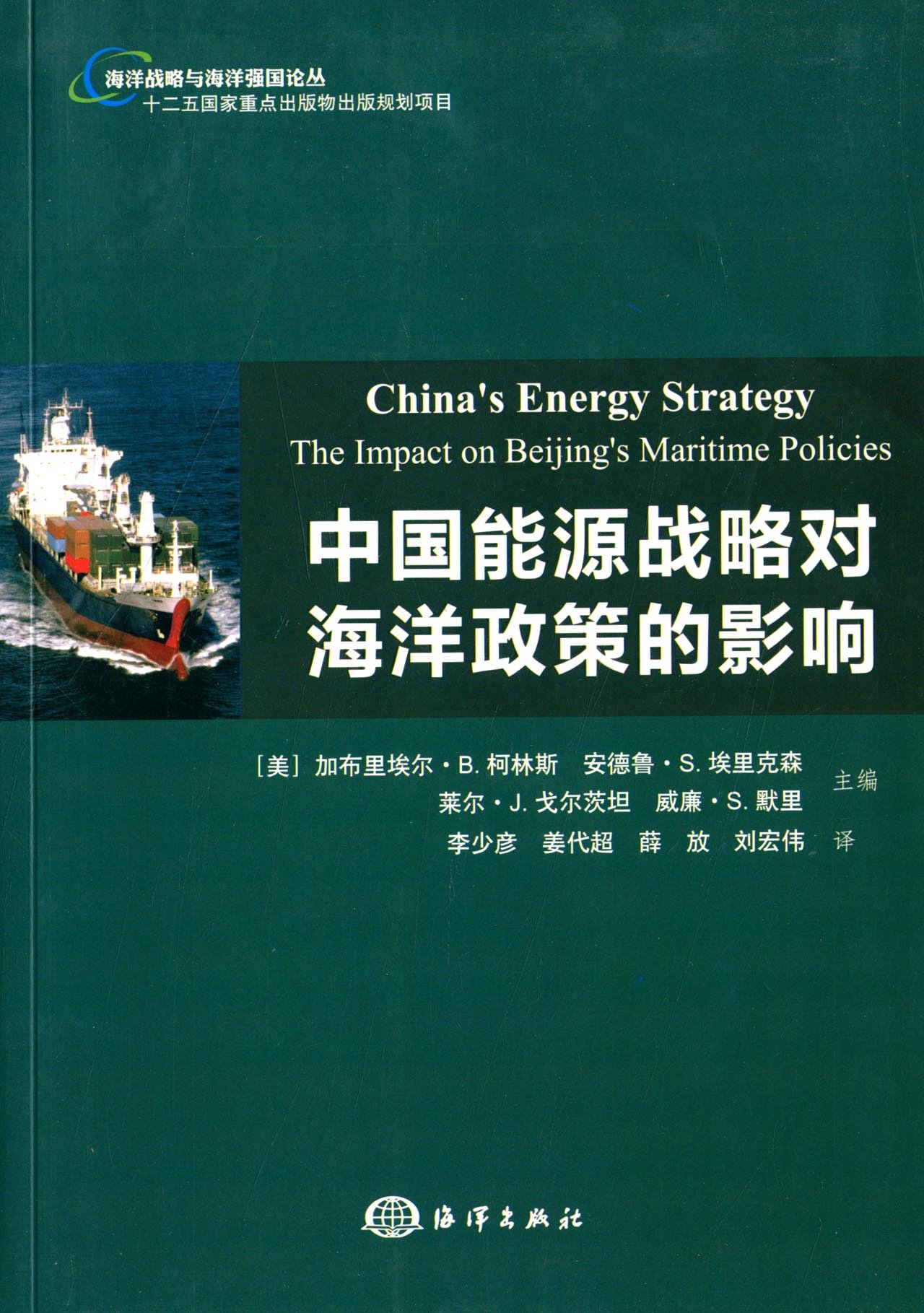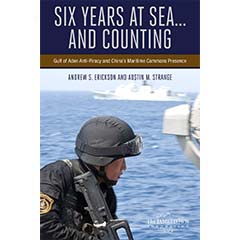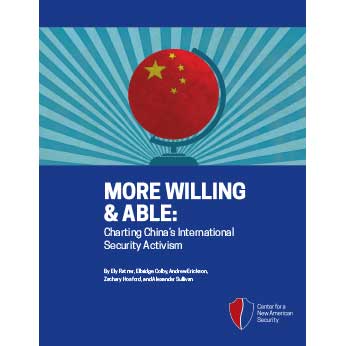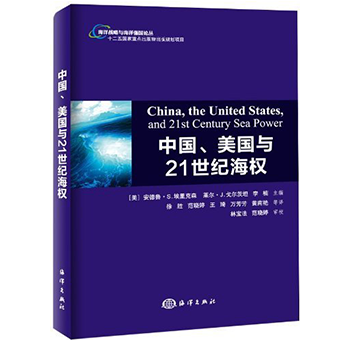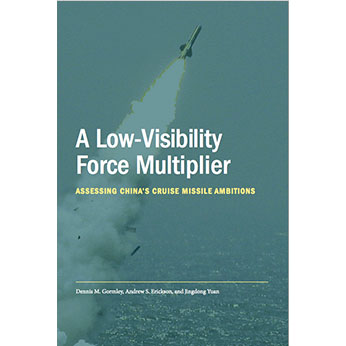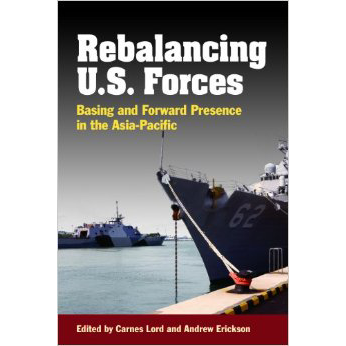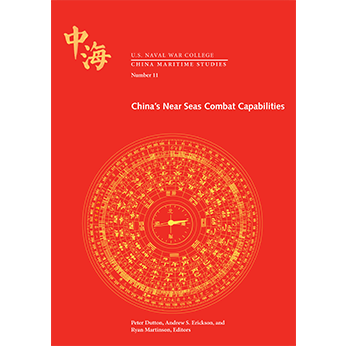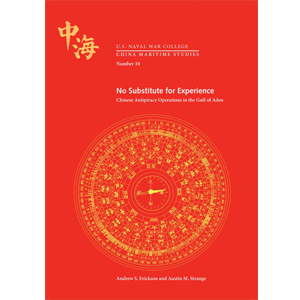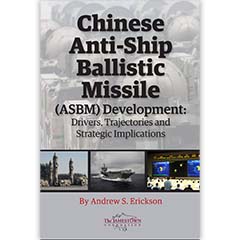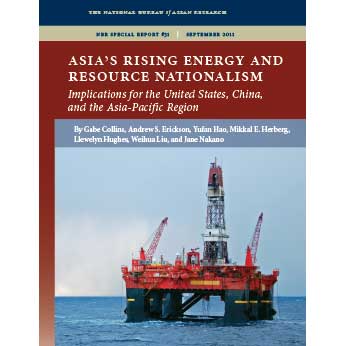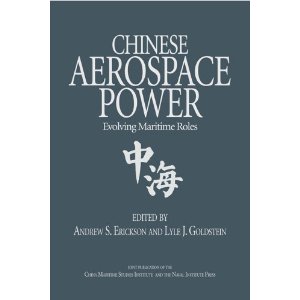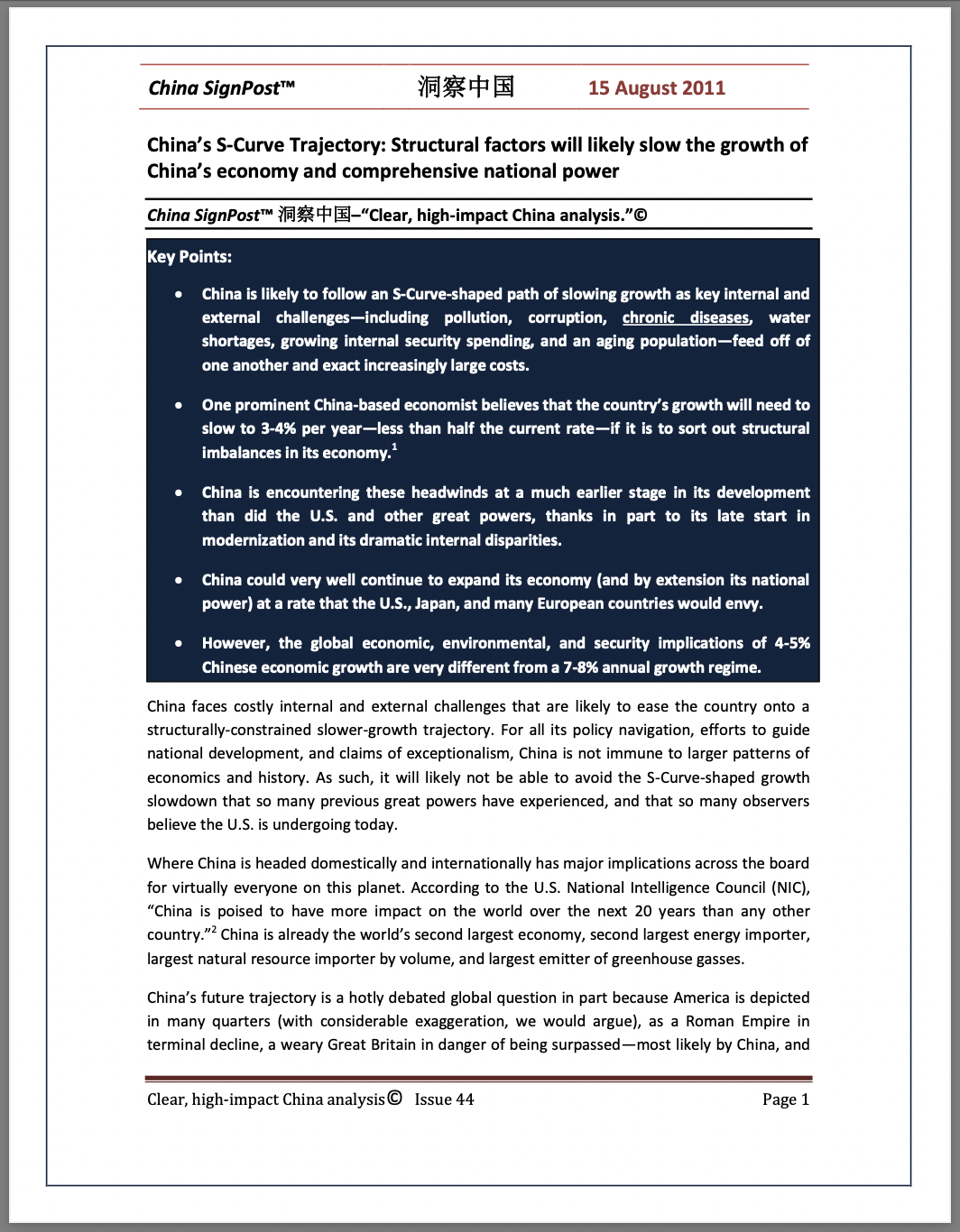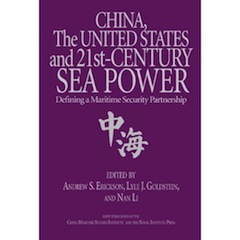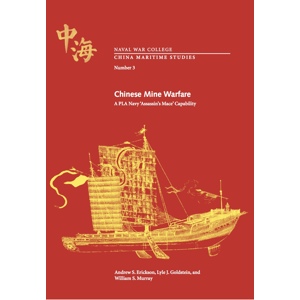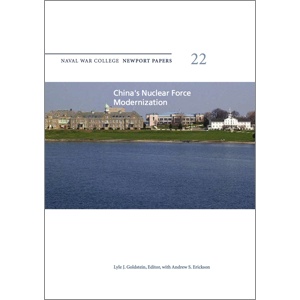Must Watch! “Operation Causeway: Taiwan’s Wartime History & Implications for the Current Strategic Environment”
Ian M. Easton, “Operation Causeway: Taiwan’s Wartime History and Implications for the Current Strategic Environment,” presentation at Joint Special Operations University, Tampa, Florida.
- CLICK HERE TO WATCH PROFESSOR EASTON’S LECTURE ON YOUTUBE.
- VIEW A 1-MINUTE PROMO CLIP.
Join us for an eye-opening discussion on Operation Causeway, the ambitious but ultimately canceled U.S. plan to invade Taiwan during World War II. Hosted by the China Maritime Studies Institute, this presentation dives deep into the historical significance of this operation and its enduring impact on modern strategic thinking.
🔍 Key Topics Covered:
✅ The secret intelligence and planning behind Operation Causeway
✅ Why Taiwan was a strategic focal point in the Pacific War
✅ The critical decision that led to the cancellation of the invasion
✅ Lessons from WWII that shape today’s deterrence strategies
✅ The parallels between past and present conflicts in the Taiwan Strait
🌏 Why It Matters Today: With growing tensions in the Indo-Pacific, understanding the historical context of Taiwan’s strategic importance provides critical insights into modern deterrence, military planning, and geopolitical strategy.
📌 About the China Maritime Studies Institute: The CMSI conducts research on China’s naval and maritime development, providing valuable analysis for policymakers, military professionals, and scholars.
📢 Like, Comment & Subscribe for more historical and strategic discussions! #WWII #Taiwan #OperationCauseway #MilitaryHistory #IndoPacific #ChinaMaritimeStudies #Geopolitics #Strategy #NavalWarfare #USMilitary
For more information, follow us on our website and social media platforms.
Website: https://jsou.edu/
LinkedIn:  / thinkjsou
/ thinkjsou
Facebook:  / thinkjsou
/ thinkjsou
YouTube: ![]() / @thinkjsou
/ @thinkjsou
The views expressed in this video are entirely those of the speaker(s) and do not necessarily reflect the views, policy, or position of the United States Government, Department of Defense, United States Special Operations Command, or the Joint Special Operations University.
ORIGINAL STUDY ON WHICH THIS PRESENTATION IS BASED:
This landmark history is an instant classic!
Ian Easton, Invasion Plans: Operation Causeway and Taiwan’s Defense in World War II, China Maritime Report 42 (Newport, RI: Naval War College China Maritime Studies Institute, October 2024).
From CMSI Director Christopher Sharman:
China Maritime Report (CMR) #42, “Invasion Plans” is about Operation CAUSEWAY, the American plan to invade Taiwan during World War II.
Ultimately, the invasion was aborted and related documents were sealed in classified vaults or burned to maintain secrecy. Uncertainties have long surrounded how Imperial Japanese forces on Taiwan – then called Formosa – deterred a much-stronger U.S. military, and what planners at the time believed would happen had the operation taken place.
What lessons might the past have to teach warfighters in the present day about the future of conflict?
By revisiting the history of Taiwan-focused war plans, we may better assess current challenges and develop insights that could inform future strategic, operational, and tactical decisions.
This masterpiece is the thorough research of CMSI’s own, Professor Ian Easton. Professor Easton’s report is based on declassified documents from the war, including U.S. military plans, dispatches, and intelligence estimates. It also draws from Taiwanese military studies and history books on Japan’s preparations to defend the island.
It contains images of rarely seen plans and maps previously buried deep within archives. The pictures, graphics, and tables contained in this CMR make Operation CAUSEWAY come to life. In short – this is your definitive guide to a chapter of history you likely don’t know much about.
We are grateful for Professor Easton’s valuable contribution detailing this little-known chapter in World War II history. More importantly, for his effort to make this history relevant to today’s warfighter.
CMSI is pleased to publish this report on the eve of Taiwan’s October 10th National Day.
About the Author
Ian Easton is an associate professor at the U.S. Naval War College’s China Maritime Studies Institute. He is the author of The Final Struggle: Inside China’s Global Strategy and The Chinese Invasion Threat: Taiwan’s Defense and American Strategy in Asia. Ian previously served as a senior director at the Project 2049 Institute in Virginia, a visiting fellow at the Japan Institute for International Affairs in Tokyo, a China analyst at the Center for Naval Analyses in Virginia, and a researcher with the Asia Bureau of Defense News in Taipei. He holds an M.A. in China Studies from National Chengchi University in Taiwan and a B.A. in International Studies from the University of Illinois Urbana-Champaign. He studied Mandarin Chinese at Fudan University in Shanghai and National Taiwan Normal University in Taipei.
The author would like to acknowledge and thank the following experts for helping to improve this report: Dan Caldwell, Liang-chih Evans Chen, Donald Chisholm, Andrew Erickson, Conor Kennedy, David Kohnen, Ryan Martinson, Paul Smith, Tiffany Tat, William Thayer, Gerrit van der Vees, and Toshi Yoshihara. At the National Archives in College Park, Maryland, many thanks are owed to Jacob Haywood and his colleagues who helped locate and access a treasure trove of declassified documents. At the Naval War College, special thanks are owed to Colin Jackson and Chris Sharman for fostering and supporting this research, Sean Henseler for the opportunity to brief the report to key audiences, Darius Travis for navigational and travel assistance, and Elizabeth Delmage for archival research assistance. Any remaining errors or omissions in the report are the author’s responsibility alone.
The opinions, conclusions, and recommendations expressed or implied within are solely those of the author and do not necessarily represent the views of the U.S. Naval War College, the Department of the Navy, the Department of Defense, or any other U.S. Government entity.
Main Findings
- During World War II, the United States and the Empire of Japan each developed plans and marshaled forces for a climactic battle over Taiwan. Both sides regarded the island as an area of strategic consequence.
- Code-named Operation CAUSEWAY, the American invasion of Taiwan would have been the largest amphibious campaign in the Pacific Theater and the largest sea-air-land engagement in world history.
- Strategists in Japan believed the attack was coming and designed a blueprint for the defense of Taiwan and the Ryukyu Islands called SHO-GO 2 (捷2 号作戦, or “Operation Victory No. 2”), which envisioned a bloody campaign of annihilation.
- Japanese camouflage, concealment, and deception efforts in Taiwan were effective at hiding many capabilities from American intelligence.
- In recent years, Taiwanese military officers have drawn lessons from Taiwan’s wartime history to improve their defense plans. They highlight the need to stockpile, update beach defenses, mobilize whole-of-society support, expand underground bunker complexes, and prepare for a long fight and layered defense campaign.
- One important lesson of this history for the U.S. Navy and Joint Force is that deterrence worked before. It can work again. Under certain circumstances, the United States and Taiwan may be capable of preventing a PRC invasion of the island. But a tremendous amount of hard work will be needed to realize that goal.
- By revisiting the history of Taiwan-focused war plans, we may better assess current challenges and develop insights that could inform future strategic, operational, and tactical decisions.
Introduction
This report is about Operation CAUSEWAY, the American plan to invade Taiwan during World War II. Taiwan—then called Formosa—had been a Japanese colony since 1895, and its capture was part of the U.S. strategy to win the war in the Pacific.1 Ultimately, the invasion was aborted and related documents were sealed in classified vaults or burned to maintain secrecy. Uncertainties have long surrounded how Imperial Japanese forces on Taiwan deterred a much-stronger U.S. military, and what planners at the time believed would happen had the operation taken place. This report is based on declassified documents from the war, including U.S. military plans, dispatches, and intelligence estimates. It also draws from Taiwanese military studies and history books on Japan’s preparations to defend the island. Together, these sources provide a picture of events as they occurred on both sides. What lessons might the past have to teach warfighters in the present day about the future of conflict? This report examines the enormous planned operation and discusses what experts at the time believed was going to happen. Understanding how the operation was envisioned could provide insights of contemporary relevance, including a better appreciation of the challenges facing war planners in both the People’s Republic of China (PRC, China) and the Republic of China (ROC, Taiwan), and new perspectives on how each side may seek to solve the operational problems they face. By exploring the factors American admirals and generals took into consideration, and examining how they were ultimately persuaded by a weaker enemy not to capture the island, valuable lessons might be acquired that could inform current policy debates in Washington, Tokyo, and Taipei.
This report draws from archival materials and military studies on how the amphibious assault was planned and how the island was fortified and defended in the last years of World War II. While rarely acknowledged, the Imperial Japanese military experience on Taiwan had an outsized impact on the ROC military. Upon arriving to the island, Chiang Kai-shek and his army inherited Japanese plans for Taiwan’s defense, along with deep stockpiles of equipment and a vast network of underground infrastructure. Japan’s wartime history continues to influence Taiwan’s defense strategy, albeit indirectly. As we will see, Taiwanese officers have sought to extract lessons from the past as they consider how to enhance plans for the future.2
The report is organized into six sections. Part one covers Taiwan’s early role in U.S. war plans. Part two discusses the history, development, and key features of Operation CAUSEWAY. Part three examines Japanese plans and preparations for the defense of Taiwan. Part four considers what might have happened had the invasion gone forward according to how each side envisioned it. Part five describes the contemporary views of Taiwanese experts and analyzes the related implications for Taiwan’s evolving defense strategy. The report concludes with a brief discussion on potential points of consideration for the U.S. Navy and the Joint Force. … … …
Part 6: Lessons of History for the United States
In Europe, the most important strategic decision of World War II, and the one that ignited the hottest discussions, was when and where Operation OVERLORD (the D-Day landings) should take place. In the Pacific, the most monumental debate of the war (and the most controversial at the time) was whether or not to invade Taiwan. Operation CAUSEWAY became the center point around which turned one of the most consequential command decisions of the war, a decision that had long-lasting strategic effects that we are still living with to this day.186
This history might teach us an important lesson: deterrence worked before. It can work again. Under certain circumstances, the United States and Taiwan may be capable of preventing a PRC invasion of the island.187 But a tremendous amount of hard work will be needed to realize that goal. In the last 17 months of World War II, the Empire of Japan mobilized all available civilian resources and conscripted many local Taiwanese. By early 1945, a strong army defended Taiwan that was more substantial than U.S. intelligence reports had forecasted. The defensive infrastructure the Japanese constructed and the stockpiles they prepared surpassed expectations. After the Battle of Saipan, there was little doubt in any American military mind that it would be horrific to fight on Taiwan. Today, troop numbers, fortifications, and intangibles such as the will to fight remain vital to Taiwan’s defense.188
Many of the same strategic considerations and operational variables that sealed the fate of the American plan to invade Taiwan in World War II could now be at play in Beijing’s halls of power. Landing beaches and terrain factors still matter a great deal to the military feasibility of amphibious assaults. Force ratios, weapons technology, logistics support, basing infrastructure, and social mobilization remain crucial factors. Since war plans are not themselves a political end but rather the means to a political end, how a campaign to conquer Taiwan would affect PRC leadership calculations and long-range objectives must be accounted for and considered. Above all else, human factors remain the most important and least readily understood variable.
President Roosevelt was briefed on the plan to invade Taiwan—and like Winston Churchill agreed with it in principle—but he ultimately left the decision up to the Joint Chiefs of Staff. Admiral King was arguably the most powerful member of the Joint Chiefs when it came to the war in the Pacific. He had a difficult personality and felt strongly about the issue but kept an open mind when his trusted theater commander repeatedly urged him to reconsider the war plan.
At Pearl Harbor, Nimitz was influenced by his staff and his commanders in the field. He solicited the views of the joint force leaders around him and listened to them. He wanted to know what his Navy, Army, Marine, and Air Force commanders all thought. When they expressed concerns and proposed alternative strategies, he took them seriously.
At Schofield Barracks, Colonel Louis Ely trusted his superior officer, General Buckner, enough to deliver bad news. And he was probably only able to make the crucial estimates that he did because U.S. intelligence cracked the Japanese codes, collected imagery from photographic reconnaissance flights, and composed a library of information on the target. The research effort that went into planning the invasion of Taiwan was extraordinary. The decision hinged on intelligence and exhaustive logistic planning, but above all leaders who created a healthy command environment.
It seems unlikely, however, that Xi Jinping might defer judgment to his military advisors. Annexing or conquering Taiwan appears to matter more to him than any other external issue, and he seems to believe his grand strategy depends on taking over the country and toppling its democratic government.189 Unlike the Americans in World War II, who could achieve their war objectives by taking a number of alternative pathways, in Xi’s officially expressed view there’s no other path.190
Historical analogies, then, can only be taken so far before they lead us astray. It seems probable that the PRC’s intelligence services have invested gigantic sums into preparing their war plans for Taiwan.191 What remains uncertain is whether this intelligence reaches all of those who need it and whether they would act on it if it did.192 Fear, mistrust, and suspicion are likely to cloud the minds of those around Xi Jinping and those down his chain of command.193 After more than a decade of sweeping purges, arrests, and executions, Xi appears to have created an atmosphere where an honest, free-wheeling debate is not likely to survive, let alone flourish.194






















































